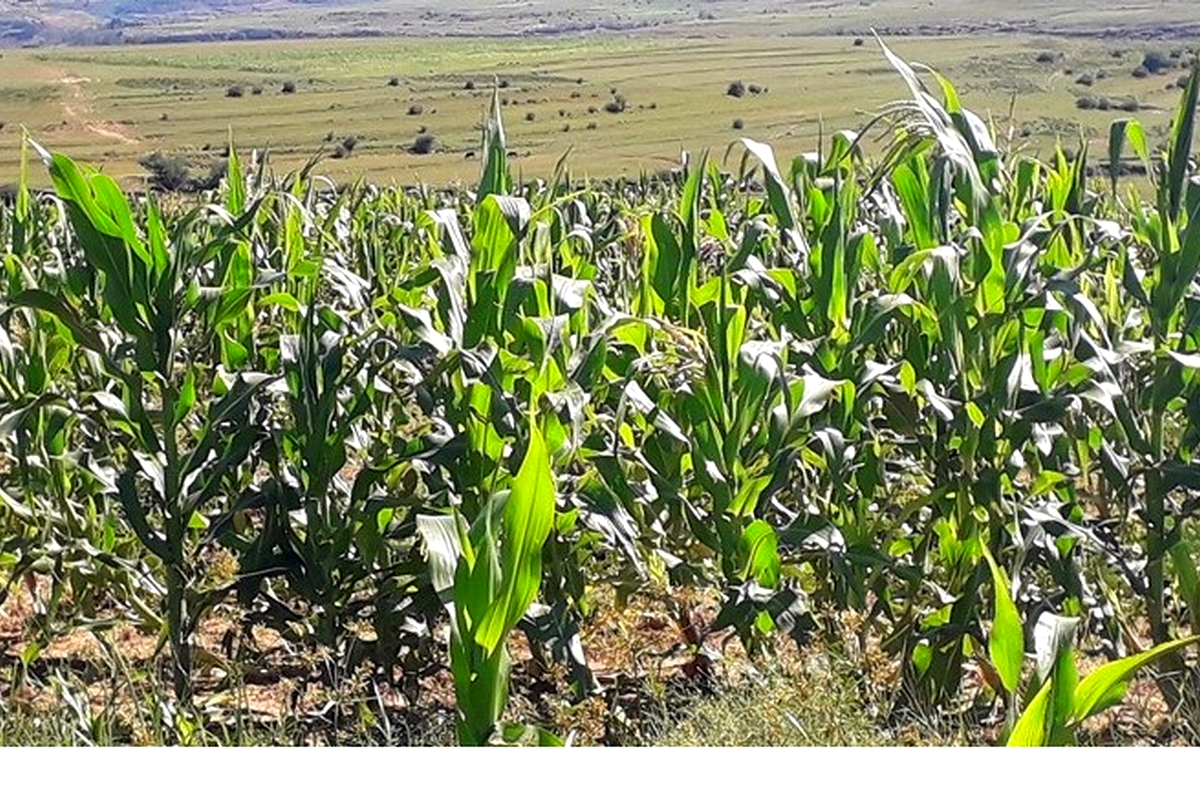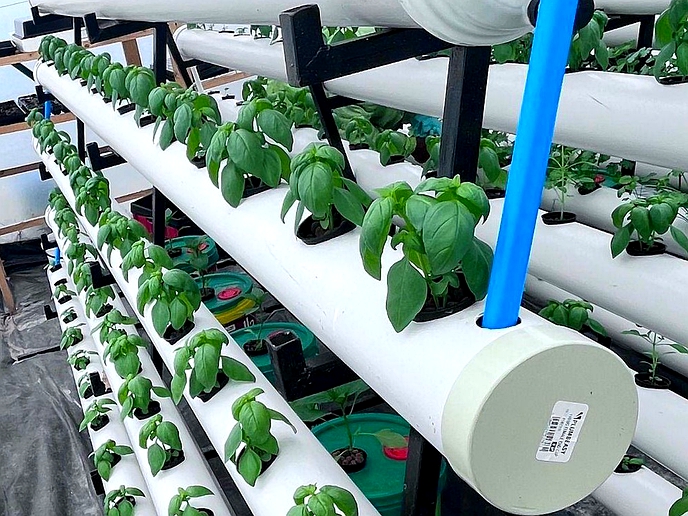THE Department of Agricultural Research through the Soil Section is undertaking research studies on maize and bean varieties.
business
June 30, 2021
STAFF REPORTER
4 min read
Agricultural research undertakes bean, maize study

Maize field in Lesotho
This study began in the 2018 summer planting season and fully involves local farmers on the programmes.
The study uses an on-farm approach.
The overall objective of the research is to evaluate two bean cultivars for biological nitrogen fixation and two maize cultivars for nitrogen use efficiency, the department has said.
It says the study is done to restore the fertility of selected soils and crop productivity in an effort to help the farming community realise increased yields.
It is known that nitrogen deficiency is among the most limiting factors for increased crop yield and management of nitrogen inputs is a major challenge for increased agricultural production.
Although the application of inorganic fertilisers helps to address the limitations of essential nutrients, the department says most resource-poor farmers cannot access the fertiliser due to financial constraints as they come at a high cost.
In Lesotho, the department says, farmers do not apply the recommended fertiliser rates for grain due to high costs resulting in large yield gaps compared to yield potential.
For this study to take place, two bean varieties are used (Pinto Nodak and NUA 45 “lebete” local name) to determine the best variety in nitrogen (N) fixation and yields on farmer-managed fields and research stations.
The current findings according to the study indicate that Pinto Nodak yields higher compared to NUA 45 although the latter was found to be relatively nutritious in terms of iron (Fe) and Zinc (Zn).
The protein content as reflected by total nitrogen in NUA 45 grain was higher compared to Pinto Nodak, showing the higher efficiency of NUA 45 in utilising the available N in the soil.
Farmers of both Machache and Sakoane said nutritional composition of NUA 45 where the research study is conducted reported better organoleptic taste of NUA 45.
This may suggest that Pinto is better for food security (food quantity), while NUA 45 could be better for nutritional quality.
As such farmers may need to produce both varieties to satisfy food and nutrition requirements.
So far, the study shows that food and nutrition security benefits of bean varieties will be associated with soil fertility through biological nitrogen fixation.
The final results of these studies will be released after the third summer cropping season of 2021, the department has said.
Regarding maize production, the study has revealed that there is a need to improve productivity of the main staple crop through growing maize varieties that efficiently use nitrogen (N) for the benefit of farmers who usually apply insufficient fertiliser rates.
Enjoy our daily newsletter from today
Access exclusive newsletters, along with previews of new media releases.
The two maize genotypes, ZM 521 and ZM 523 have been introduced to farmers in Lesotho because of their ability to tolerate drought.
The department said both maize genotypes can produce high yields under water-stressed conditions and that they are open pollinated varieties although they differ in maturity by 20 days with ZM 523 maturing later.
A second research study focuses on the nitrogen use efficiency (NUE) and yields on farmer-managed and research stations. The study is carried out in the lowlands and foothills of Lesotho because maize generally performs better in these Agro-ecological zones.
The current results reveal that ZM 523 has higher grain yield compared to ZM 521 although nitrogen use efficiency of the two varieties is almost the same.
For this reason, ZM 523 could be recommended to the farmers in the lowlands and foothills because of its ability to accumulate more Nitrogen in whole plant which can benefit food, nutrition and environmental security, ensuring more food and feed availability to humans and livestock and NUE to avoid leaching of Nitrogen to the environment.
Despite undertaking research activities, the department is carrying out soil tests.
It is important for the farmers to note that the best time to take soil samples for analyses is in winter after harvest for field crops before planting other crops.
However, for vegetables and other short circled plants soil analyses can be undertaken before introducing the succeeding batch.
Tailored for you






